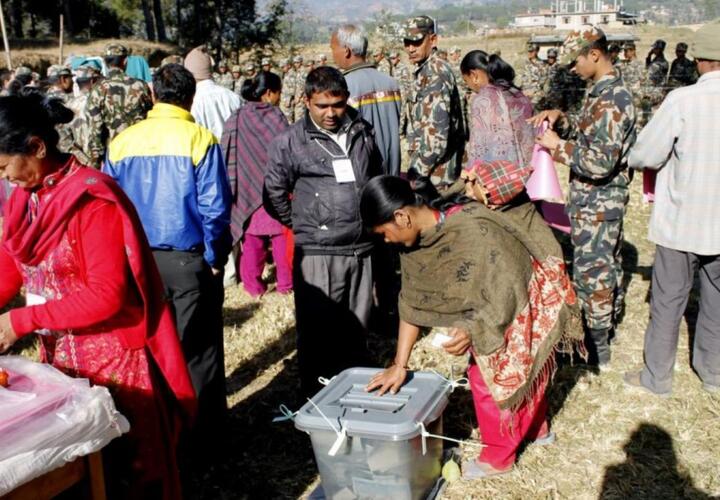An Analysis of the 2022 Local Level Elections
Executive Summary
- High Janajati Representation and Candidacy Continued: In 2022, Janajati candidacy and representation remains at or above 30% in positions open for all castes.1 While in 2017, elite castes were generally overrepresented and, especially in leadership positions (mayoral and ward chair positions) the share of Janajatis was below their population share, in 2022, Janajatis made up a similar percentage of the pool of candidates and elected leaders as the general population. This holds true across municipal and ward positions, including high-authority positions.
- Janajati Representation and Candidacy Rose: In 2022, Janajatis were 7 percentage points more likely to run for office and be elected than in 2017. Among unreserved positions, the share of Janajatis increased the most for the deputy mayor position (almost 9 percentage points).
- Janajati Women Contesting for Deputy Mayor were More Likely to Face Electoral Setbacks than Janajati Men: While the share of both female and male Janajati deputy mayor candidates increased from 2017 to 2022, the share increased significantly more for men, suggesting that Janajati women did not benefit from the increase in representation to the same extent as Janajati men.
- Relative to non-Janajatis, Janajatis Were More Likely to Recontest, be Re-elected and Enter Politics for the First-time: Janajati incumbents were 1.5 percentage point more likely to re-contest for election and 2 percentage points more likely to be re-elected to office in 2022 than non-Janajati incumbents. This is consistent with their performance in the 2017 - 2022 term being good enough for their parties to want to stick with them. Among first-time entrants, the share of Janajatis was 0.5 percentage point higher than of non-Janajati.
